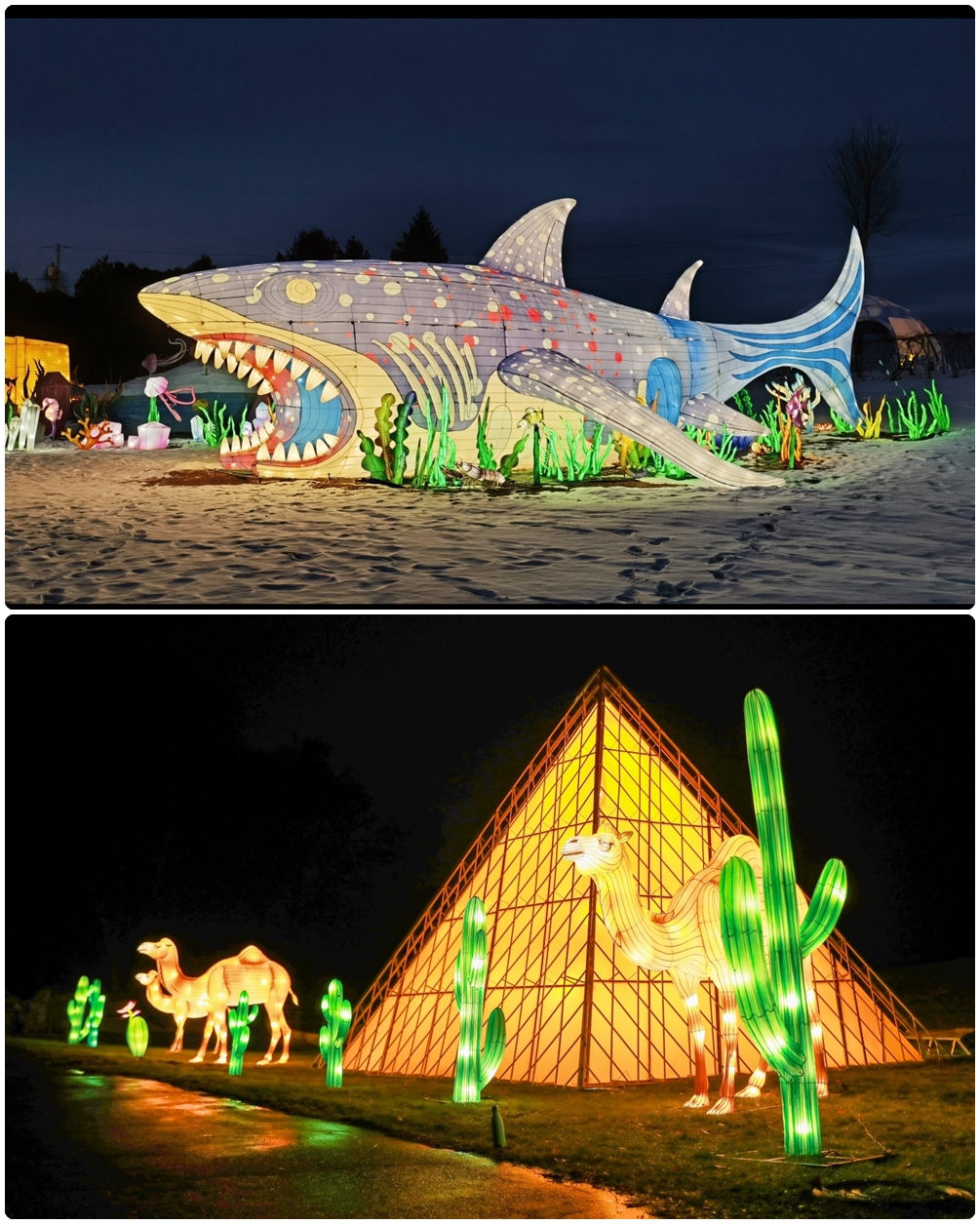What Is the Giant Lantern Festival Also Called? Exploring the Names, Origins, and Cultural Significance
The term “Giant Lantern Festival” is most commonly used to refer to the famous lantern-making competition in San Fernando, Pampanga, Philippines. However, this event has different local names and should not be confused with other large-scale lantern festivals across Asia. In this article, we explore the terminology, origins, and how it compares to other lantern events globally.
1. Ligligan Parul: The Local Name of the Giant Lantern Festival
In its place of origin, the Giant Lantern Festival is officially known as Ligligan Parul, which means “Lantern Competition” in Kapampangan, a regional language of the Philippines.
- Parul translates to “lantern,” while Ligligan means “competition.”
- This event dates back to the early 1900s and has since evolved into a spectacular display of mechanical lanterns—some reaching over 20 feet in diameter—with thousands of synchronized LED lights creating mesmerizing patterns.
- It takes place every December, leading up to Christmas, and is a major tourist attraction in the city of San Fernando.
2. Giant Lanterns in Other Asian Festivals
Although Ligligan Parul is the original “Giant Lantern Festival,” the term is often loosely applied to other grand lantern festivals across Asia. These include:
China – Lantern Festival (元宵节 / Yuanxiao Festival)
- Held on the 15th day of the Lunar New Year, this celebration marks the end of Spring Festival with extravagant lantern shows.
- Large illuminated lanterns depict zodiac animals, folktales, and traditional symbols.
- Major cities like Xi’an, Nanjing, and Chengdu hold official lantern displays.
Taiwan – Taipei and Kaohsiung Lantern Festivals
- Featuring interactive LED lanterns and monumental thematic installations, these are among the most advanced in terms of lighting technology and visitor engagement.
Singapore – River Hongbao
- Held during the Chinese New Year season, this event combines giant lanterns, fireworks, and cultural performances.
- Often referred to as a lantern festival with giant figures and scenic walkthroughs.
3. Why “Giant” Lanterns?
The adjective “giant” in these festivals serves to distinguish monumental, engineered lantern structures from handheld or decorative paper lanterns.
Characteristics of giant lanterns include:
- Heights ranging from 3 to 10 meters or more
- Internal steel frameworks and weatherproof materials
- Thousands of individually programmed LED lights
- Integrated sound and motion effects
- Designed for large public spaces like parks, plazas, and cultural districts
4. Lantern Festivals as Cultural Landmarks
The use of the term “Giant Lantern Festival” reflects not just the size of the lanterns but also their cultural role in bringing communities together. These festivals serve as:
- Visual storytelling mediums
- Seasonal economic drivers
- Tools for cultural diplomacy and tourism promotion
They are increasingly embraced in non-Asian contexts as part of winter light festivals or multicultural events.
5. Bringing Cultural Light to the World: HOYECHI’s Role
At HOYECHI, we specialize in the design and fabrication of custom giant lanterns for global clients. Whether you’re organizing a light festival, a cultural exhibition, or a holiday-themed attraction, our team can help:
- Translate cultural motifs into illuminated art
- Customize lanterns to match site size, layout, and themes
- Produce weatherproof, code-compliant installations
- Offer modular, shippable units ready for international assembly
Our experience in exporting handcrafted lanterns ensures authenticity, safety, and visual impact.
Post time: Jun-03-2025





